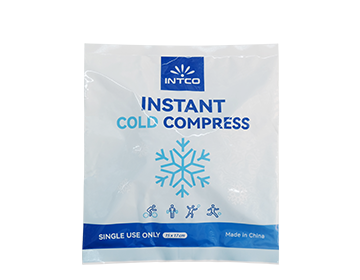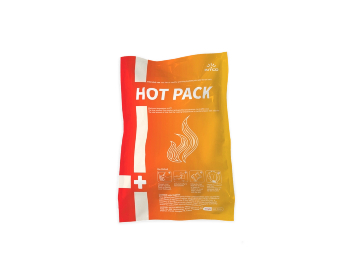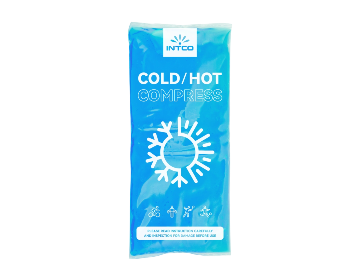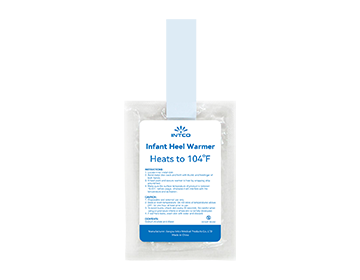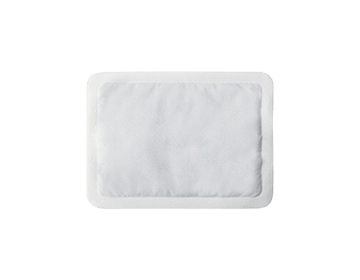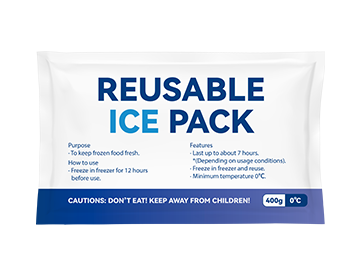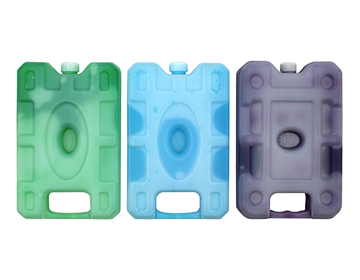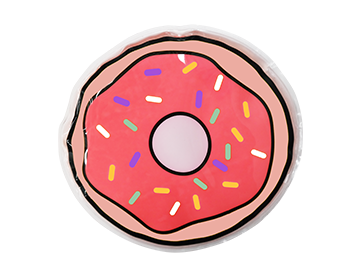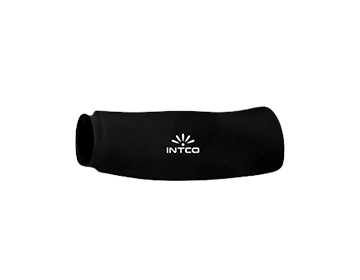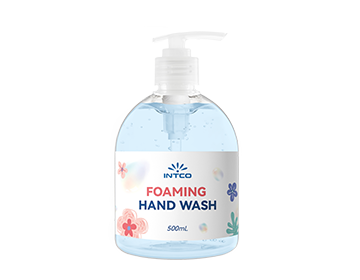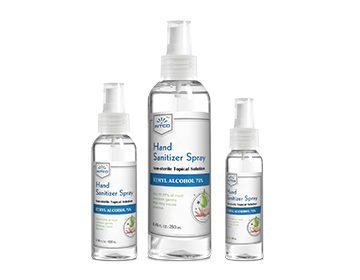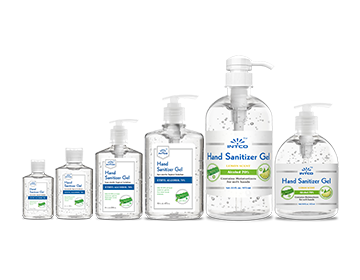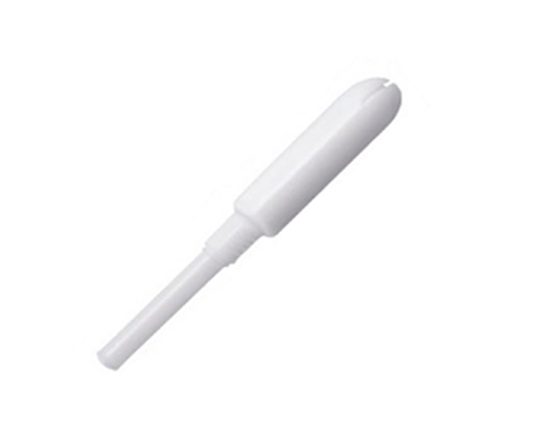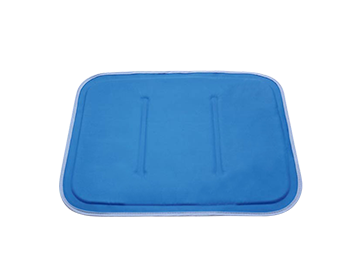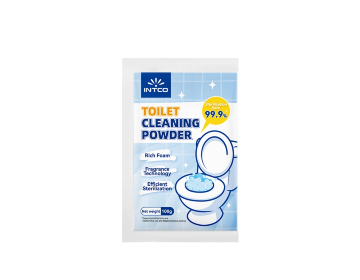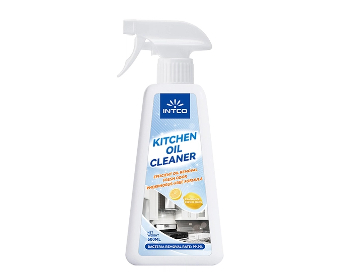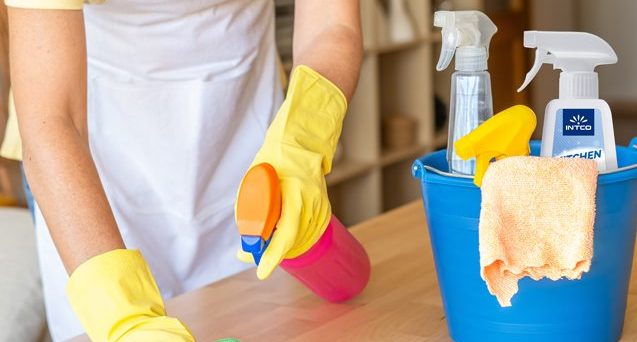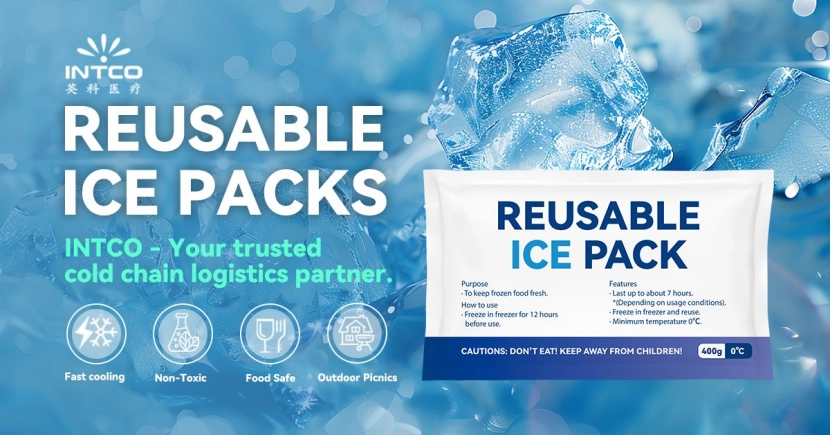How Do Lunch Box Gel Packs Work? The Science Behind Keeping Food Cold
Whether you’re packing a healthy lunch for your child, prepping meals for the office, or heading out for a picnic, keeping perishable food items cold is essential for food safety and taste. Lunch box gel packs have become a go-to solution, but how do these simple-looking pouches work so effectively? In this article, we unpack the science behind gel packs, how they maintain low temperatures, and why they are perfectly suited for lunch box use.
What Are Lunch Box Gel Packs Made Of?
Lunch box gel packs are small pouches typically filled with a hydrogel-based cooling compound, encased in a durable plastic film such as PE nylon or PVC. The gel inside is composed of water mixed with thickening agents like carboxymethyl cellulose, silica, or superabsorbent polymers, which turn the liquid into a semi-solid state.
This gel has a high specific heat capacity, meaning it can absorb and retain a large amount of cold energy when placed in the freezer. The outer layer—often a blend of polyethylene and nylon—provides a flexible, puncture-resistant barrier that prevents leakage and makes the pack safe for daily use (NLM).
How Do Gel Packs Keep Food Cold?
Once a gel pack is frozen, it becomes a reservoir of cold energy. Here’s how it works in action:
Cold Absorption and Storage
When stored in a freezer, the gel absorbs thermal energy from its surroundings. The water content and thickened gel matrix allow it to freeze more slowly than plain water and store more “cold” due to the gel’s thermal mass.
Slow Heat Exchange
After being placed in a lunch box, the gel pack begins to warm up. However, because of the gel’s density and composition, this heat exchange occurs slowly, allowing the pack to maintain a low temperature for several hours.
Maintaining a Cold Micro-Environment
The gel pack doesn’t just cool the air — it absorbs heat from nearby food items, maintaining a cold microclimate within the lunch box. This helps prevent bacterial growth, spoilage, and unpleasant odors.
How Do Gel Packs Stay Cold for Hours?
The cooling process starts when you freeze the gel pack, allowing the water-based gel to store thermal energy at a low temperature. Once removed from the freezer, the gel gradually absorbs ambient heat, which delays the warming of your food inside the lunch container.
Because gels warm up more slowly than solid ice, they maintain a stable cold environment for longer periods. Some studies suggest gel packs can remain effective for 4–6 hours, depending on insulation and ambient temperature.
In addition, the gel’s semi-solid consistency prevents rapid melting or pooling, which helps avoid soggy lunches or water damage to containers.
Why Are They Ideal for Lunch Box Use?
Gel packs are especially suitable for lunch boxes for several reasons:
Compact and Flexible Design
The thin, flexible shape of gel packs allows them to easily fit into tight lunch bags or containers without taking up too much space. Many can even be wrapped around food items for direct contact cooling.
Lightweight and Reusable
Unlike ice blocks or heavy freezer bricks, gel packs are lightweight and portable, making them easy for children and adults to carry. Most are reusable for months with proper care, making them a sustainable option.
Leak-Proof and Safe
Thanks to sealed PE nylon or PVC film, these packs are resistant to punctures and leaks, reducing the risk of contamination. They are also non-toxic and free from latex or BPA, ensuring food safety.
Maintains Safe Temperatures
According to USDA guidelines, perishable foods must be kept below 40°F (4.4°C) to prevent bacterial growth during storage. Gel packs help maintain these conditions, especially when paired with an insulated lunch box.
Proper Use and Tips for Maximum Effectiveness
To get the most out of your gel packs, follow these best practices:
· Freeze overnight for at least 8 hours to ensure full activation.
· Use multiple packs for larger meals or in high-heat conditions.
· Pair with an insulated lunch bag or container to extend cooling duration.
· Store used gel packs in a clean, dry place when not in use.
Some manufacturers also recommend wiping the surface with a clean towel before placing the gel pack next to food items, especially in shared settings like school cafeterias.
Conclusion: A Smart Solution for On-the-Go Cooling
Lunch box gel packs offer a reliable, reusable, and safe way to keep food cool for hours. With their hydrogel-based filling, durable packaging, and user-friendly design, they provide a scientifically sound method of maintaining temperature and food safety, particularly in everyday settings like school, work, or travel.
Whether you’re sending your child to school with yogurt and fruit, or packing a sandwich for your next client meeting, a quality gel pack ensures your food arrives fresh, safe, and delicious.
About INTCO Healthcare
At INTCO Healthcare, we specialize in manufacturing high-quality cold therapy and temperature control products for global markets. Our OEM and ODM solutions cover everything from lunch box gel packs to medical-grade cold compresses. Explore how our flexible manufacturing and R&D capabilities can help bring your product vision to life.
👉 Contact us today to learn more or request a sample.

